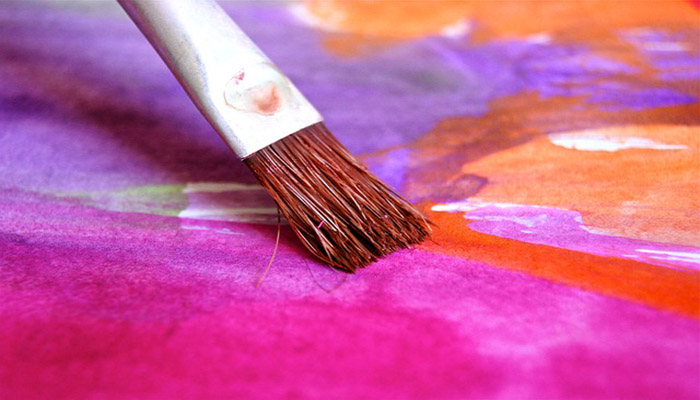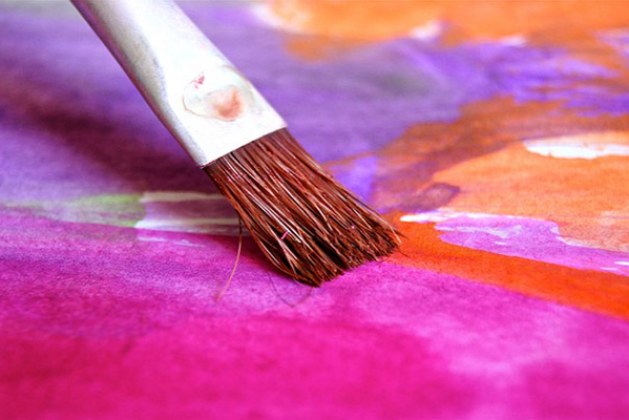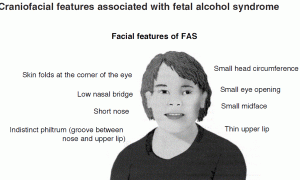
Art therapies provide an alternative platform to the better known psychotherapy. Art therapies help patients reach feelings and experiences they blocked away, express what they feel cannot be expressed and connect with themselves and others.
Art is used as the vehicle for transformation. You don’t need to know the art or be good at it to have a successful art therapy process. In fact, focusing on creating good art can stand in your way, because it’s the emotional process that matters.
Most art therapies fit people from all ages, from infancy to golden years. These therapy forms work whether you’re going through trauma, just want to gain greater self awareness or anything in between. Many types of art therapy can help mentally and physically ill populations just as they can help mentally and physically healthy populations.
Following are short explanations on a few of the art therapies out there, so you can find the one that speaks to you most.
Art Therapy
Even though art takes on many forms, when people say art therapy, many times they mean therapy by plastic arts. In this kind of session, the therapist provides the patient with colors, brushes, beads and other materials.
The patient then creates sculptures, drawings or even stains of color, which represent her or his feelings and emotional processes. At times, it helps feelings and issues to surface.
Other times, a patient can’t access or talk about challenging experiences. A benefit of this form of art therapy is that colors and shapes have hidden meanings, so the therapist can have an idea of what the patient’s soul is trying to express.
However, meanings are culture-based, and may vary even inside the same culture. Great therapists remember that and ask their patients to provide their own interpretations to their creations.
Bibliotherapy
Bibliotherapy uses texts – mostly written texts – to process feelings and help patients grow emotionally and achieve their goals.
Mostly, bibliotherapists use books, stories and poems to work with patients. Sometimes patients read the stories themselves, and sometimes the therapist does the reading. Patients also get to create stories themselves. They can write down their stories, tell them out loud, create a short performance or demonstrate it by playing with dolls.
A bibliotherapy session might include changing a story’s ending, writing a character’s story, talking about a character’s feelings, writing to a character, writing about feelings, re-creating language used in given texts and more.
While bibliotherapists usually work with written texts, some also work with plays, movies and any other form of narrative.
Dance / Movement Therapy
The common name “dance therapy” might be a little misleading. Some dance therapy sessions do focus on dancing, yet in general, this form of therapy goes beyond dancing and focuses on movement as a whole.
At times, movement therapy can include martial arts movements. At other times, senior citizens or disabled people might only move their hands while sitting down.
Some movement therapists use props, like a big stretch cloth in group sessions, or a hammock for private patients to take a moment and cuddle themselves as the hammock moves back and forth.
Patients’ movement choices – whether they want to stay close to the ground, jump up and down all the time, run around the room or walk slowly – can reveal a lot about their inner world. Trained movement therapists know how to recognize movements that might indicate a greater trauma or abuse the patient is experiencing.
Drama Therapy
Not to be confused with psychodrama, drama therapy takes the focus away from the patient at first.
Props such as photographs and mementos from the past are sometimes brought in to trigger memories and emotions. Patients then perform what comes up for them, playing a part and processing their inner worlds through that. Unlike psychodrama, you’re not expected to immediately talk about yourself.
Many times, drama therapy requires an audience at one or more points of the therapeutic process. The easiest way to get an audience is to participate in group sessions, where interactions with others could also be helpful to your growth. Yet group therapy doesn’t fit everyone. Even though drama therapy is a performance therapy, private sessions in the field are available.
An audience can also be a made up of other people. Patients can put on shows for the public, and talk about their feelings with their therapists afterwards.
Other times, professional actors are brought in to therapy sessions to play the life patients experienced in the past, experience today or want to experience in the future. Patients get to imagine what life could be like and direct it themselves, or simply gain access to emotional contents while watching these contents displayed in front of them.
It’s not surprising, then, that being a drama therapist requires the skill combination of an actor, a direct and a therapist.
Music Therapy
Music therapy is one the best therapy forms for those without a lot of verbal skills, whether because they’re infants or autistics. It could also help parents bond with their newborn babies if babies cannot be held due to health challenges.
That said, music therapy is also great for everyone else who likes music and finds it an easier way than words to express her or himself and connect with others.
Music therapy takes on many forms. At times, all you do is listen to music. Other times, you sing or play it yourself on all kinds of instruments. Yet other times you’ll find yourself writing lyrics or composing music. Sometimes sessions involve nothing but talking, sometimes they’ll only involve music, and often – a combination of them both.
How have art therapies helped you to improve your life? If you haven’t tried them yet, which one would you like to explore?




Leave a comment
You must login or register to add a new comment.